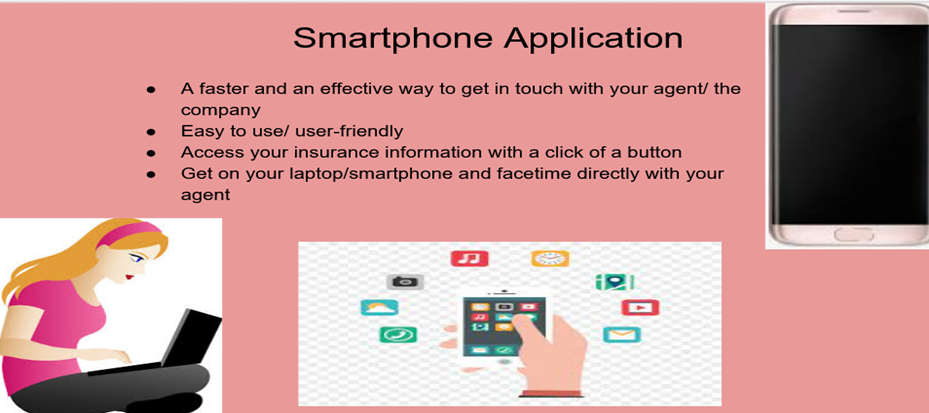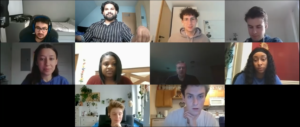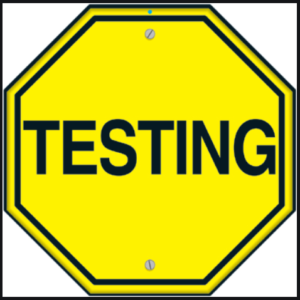Throughout the past week of our group working together to complete the Provinzial insurance challenge, I have to say on my part this experience enlightens my past knowledge on teamwork and overall process on business innovation in a short amount of time. Seeing how we all came together and dove right in head-first into the assignment as a cohesive unit to successfully complete this assignment by Friday morning was amazing.
From day one, we divided and conquer the first two stages of the Design Thinking Stage that led to each of us creating our own personas of the targeted audience Provinzial is looking to market insurance. Since we had the opportunity to work together the week prior on the Virtual Reality headsets, we all had a sense of how each other work and flowed through the group that made it easier for us to transition the define stage. With this stage, we used the crazy 4’s method to fully understand what Provinzial is asking us to do within this case which we determined after analyzing, listening, and voting on mural was to reach younger customers with the use of innovative, modern ideas. With a better perspective on what problem the insurance company is facing, we began to maneuver into the ideate stage of the design thinking process.
At the beginning of the ideate stage, we unanimously agreed to create our ideas for the issue separately and then meet up again the next day to see what everyone came up with. While the rest of the team did work individually, I worked with Angel and Sydnei right after our group zoom meeting to collaborate. The decision was made for us to work together on this based on our different schedules. Angel and Sydnei had to work an hour after our meet and I was at the car dealership getting my car fixed, so it worked out for the best for the West Georgia students on this group.

We met up the next day to discuss our various ideas for Provinzial insurance and I must admit we came up with some great ideas. However, after voting on our top favorite two ideas out of the millions that was created the highlights went to the Insured Backpack and the Transitional Policyholder Program. These two became our prototypes for the next stage and challenged us to think outside the box of a regular, predictable idea to the issue at hand. The Transitional Policyholder Program addressed the missing common factor between young people not getting insurance because they did not understand, nor did they have to take responsibility of paying for insurance. The Insured Backpack, I will be honest, I thought it was such a crazy idea that it could work, and it fortunately had the most votes on mural. After having a few ore laughs on the Insured Backpack idea, we got back to work and continue to the testing phase.
The testing phase consisted of surveys that are friends and family participated in on the possible success of the Transitional Policyholder Program which resulted in being received positively especially amongst parents who saw the benefits of the program. The Insured Backpack took a different approach with it being a tangible item, we decided to post a picture on Facebook and just discussing the idea with fellow students about the product that surprisingly got a nice review. With the testing phase complete, we finished putting the last touches on our presentation and practiced all together until it was showtime. All in all, we did great and work seamlessly as a team in a week’s time to pull the project together and while we were not able to physically be connected during this time, our devotion to meet on zoom and discuss the project everyday made the experience just as wonderful.



